1. Gautam S, Agarwal A, Das PK, Agarwal A, Kumar S, Khuba S. Evaluation of the efficacy of methylprednisolone, etoricoxib and a combination of the two substances to attenuate postoperative pain and PONV in patients undergoing laparoscopic cholecystectomy: a prospective, randomized, placebo-controlled trial. Korean J Pain. 2014; 27:278–284. PMID:
25031815.

2. Barron RP, Benoliel R, Zeltser R, Eliav E, Nahlieli O, Gracely RH. Effect of dexamethasone and dipyrone on lingual and inferior alveolar nerve hypersensitivity following third molar extractions: preliminary report. J Orofac Pain. 2004; 18:62–68. PMID:
15022536.
3. Ang ET, Goldfarb G, Kohn S, Galet C, Bex M, Deburge A, et al. Postoperative analgesia: epidural injection of dexamethasone sodium phosphate. Ann Fr Anesth Reanim. 1988; 7:289–293. PMID:
2974259.
4. Rasmussen S, Krum-Møller DS, Lauridsen LR, Jensen SE, Mandøe H, Gerlif C, et al. Epidural steroid following discectomy for herniated lumbar disc reduces neurological impairment and enhances recovery: a randomized study with two-year follow-up. Spine (Phila Pa 1976). 2008; 33:2028–2033. PMID:
18758356.

5. Ranguis SC, Li D, Webster AC. Perioperative epidural steroids for lumbar spine surgery in degenerative spinal disease. A review. J Neurosurg Spine. 2010; 13:745–757. PMID:
21121754.

6. Kim EJ, Moon JY, Park KS, Yoo da H, Kim YC, Sim WS, et al. Epidural steroid injection in korean pain physicians: a national survey. Korean J Pain. 2014; 27:35–42. PMID:
24478899.

7. Bromage PR. A comparison of the hydrochloride and carbon dioxide salts of lidocaine and prilocaine in epidural analgesia. Acta Anaesthesiol Scand Suppl. 1965; 16:55–69. PMID:
5322004.

8. Canale L. Epidural sacral administration of dexamethasone in lumbar sciatica. Gazz Med Ital. 1963; 122:210–213. PMID:
14046321.
9. Hirata F, Schiffmann E, Venkatasubramanian K, Salomon D, Axelrod J. A phospholipase A2 inhibitory protein in rabbit neutrophils induced by glucocorticoids. Proc Natl Acad Sci U S A. 1980; 77:2533–2536. PMID:
6930649.

10. Gu X, Peng L, Yang D, Ma Q, Zheng Y, Liu C, et al. The respective and interaction effects of spinal GRs and MRs on radicular pain induced by chronic compression of the dorsal root ganglion in the rat. Brain Res. 2011; 1396:88–95. PMID:
21550593.

11. Inoue A, Ikoma K, Morioka N, Kumagai K, Hashimoto T, Hide I, et al. Interleukin-1beta induces substance P release from primary afferent neurons through the cyclooxygenase-2 system. J Neurochem. 1999; 73:2206–2213. PMID:
10537081.
12. Huo Y, Rangarajan P, Ling EA, Dheen ST. Dexamethasone inhibits the Nox-dependent ROS production via suppression of MKP-1-dependent MAPK pathways in activated microglia. BMC Neurosci. 2011; 12:49. PMID:
21615929.

13. Ma ZL, Zhang W, Gu XP, Yang WS, Zeng YM. Effects of intrathecal injection of prednisolone acetate on expression of NR2B subunit and nNOS in spinal cord of rats after chronic compression of dorsal root ganglia. Ann Clin Lab Sci. 2007; 37:349–355. PMID:
18000292.
14. Wang J, Shen RY, Haj-Dahmane S. Endocannabinoids mediate the glucocorticoid-induced inhibition of excitatory synaptic transmission to dorsal raphe serotonin neurons. J Physiol. 2012; 590:5795–5808. PMID:
22946098.

15. Naghipour B, Aghamohamadi D, Azarfarin R, Mirinazhad M, Bilehjani E, Abbasali D, et al. Dexamethasone added to bupivacaine prolongs duration of epidural analgesia. Middle East J Anesthesiol. 2013; 22:53–57. PMID:
23833851.
16. Thomas S, Beevi S. Epidural dexamethasone reduces postoperative pain and analgesic requirements. Can J Anaesth. 2006; 53:899–905. PMID:
16960268.

17. Khafagy HF, Refaat AI, El-Sabae HH, Youssif MA. Efficacy of epidural dexamethasone versus fentanyl on postoperative analgesia. J Anesth. 2010; 24:531–536. PMID:
20467878.

18. Kim EM, Lee JR, Koo BN, Im YJ, Oh HJ, Lee JH. Analgesic efficacy of caudal dexamethasone combined with ropivacaine in children undergoing orchiopexy. Br J Anaesth. 2014; 112:885–891. PMID:
24491414.

19. Lauretti GR, Rizzo CC, Mattos AL, Rodrigues SW. Epidural methadone results in dose-dependent analgesia in cancer pain, further enhanced by epidural dexamethasone. Br J Cancer. 2013; 108:259–264. PMID:
23322191.

20. El-Yahchouchi C, Geske JR, Carter RE, Diehn FE, Wald JT, Murthy NS, et al. The noninferiority of the nonparticulate steroid dexamethasone vs the particulate steroids beta-methasone and triamcinolone in lumbar transforaminal epidural steroid injections. Pain Med. 2013; 14:1650–1657. PMID:
23899304.

21. Derby R, Lee SH, Date ES, Lee JH, Lee CH. Size and aggregation of corticosteroids used for epidural injections. Pain Med. 2008; 9:227–234. PMID:
18298706.

22. Wang YL, Tan PP, Yang CH, Tsai SC, Chung HS. Epidural dexamethasone reduces the incidence of backache after lumbar epidural anesthesia. Anesth Analg. 1997; 84:376–378. PMID:
9024032.

23. Ma R, Wang X, Lu C, Li C, Cheng Y, Ding G, et al. Dexamethasone attenuated bupivacaine-induced neuron injury in vitro through a threonine-serine protein kinase B-dependent mechanism. Neuroscience. 2010; 167:329–342. PMID:
20038443.

24. Gajraj NM. COX-2 inhibitors celecoxib and parecoxib: valuable options for postoperative pain management. Curr Top Med Chem. 2007; 7:235–249. PMID:
17305567.

25. Zhou GB, Li HY, Ji JQ, Yu W, Ma WT. Analgesic effect of COX inhibitors and its mechanism in a rat model of neuropathic pain. Nan Fang Yi Ke Da Xue Xue Bao. 2011; 31:1764–1766. PMID:
22027786.
26. Dahl V, Spreng UJ, Waage M, Raeder JC. Short stay and less pain after ambulatory anterior cruciate ligament (ACL) repair: COX-2 inhibitor versus glucocorticoid versus both combined. Acta Anaesthesiol Scand. 2012; 56:95–101. PMID:
22103778.

27. Desjardins PJ, Traylor L, Hubbard RC. Analgesic efficacy of preoperative parecoxib sodium in an orthopedic pain model. J Am Podiatr Med Assoc. 2004; 94:305–314. PMID:
15153593.

28. Koppert W, Wehrfritz A, Körber N, Sittl R, Albrecht S, Schüttler J, et al. The cyclooxygenase isozyme inhibitors parecoxib and paracetamol reduce central hyperalgesia in humans. Pain. 2004; 108:148–153. PMID:
15109518.

29. Maillefert JF, Aho S, Huguenin MC, Chatard C, Peere T, Marquignon MF, et al. Systemic effects of epidural dexamethasone injections. Rev Rhum Engl Ed. 1995; 62:429–432. PMID:
7552207.
30. Pierre SC, Schmidt R, Brenneis C, Michaelis M, Geisslinger G, Scholich K. Inhibition of cyclooxygenases by dipyrone. Br J Pharmacol. 2007; 151:494–503. PMID:
17435797.

31. Dou W, Jiao Y, Goorha S, Raghow R, Ballou LR. Nociception and the differential expression of cyclooxygenase-1 (COX-1), the COX-1 variant retaining intron-1 (COX-1v), and COX-2 in mouse dorsal root ganglia (DRG). Prostaglandins Other Lipid Mediat. 2004; 74:29–43. PMID:
15560114.

32. Chandrasekharan NV, Dai H, Roos KL, Evanson NK, Tomsik J, Elton TS, et al. COX-3, a cyclooxygenase-1 variant inhibited by acetaminophen and other analgesic/antipyretic drugs: cloning, structure, and expression. Proc Natl Acad Sci U S A. 2002; 99:13926–13931. PMID:
12242329.

33. Rogosch T, Sinning C, Podlewski A, Watzer B, Schlosburg J, Lichtman AH, et al. Novel bioactive metabolites of dipyrone (metamizol). Bioorg Med Chem. 2012; 20:101–107. PMID:
22172309.

34. Vazquez E, Hernandez N, Escobar W, Vanegas H. Antinociception induced by intravenous dipyrone (metamizol) upon dorsal horn neurons: involvement of endogenous opioids at the periaqueductal gray matter, the nucleus raphe magnus, and the spinal cord in rats. Brain Res. 2005; 1048:211–217. PMID:
15921664.

35. Funez MI, Ferrari LF, Duarte DB, Sachs D, Cunha FQ, Lorenzetti BB, et al. Teleantagonism: A pharmacodynamic property of the primary nociceptive neuron. Proc Natl Acad Sci U S A. 2008; 105:19038–19043. PMID:
18799742.

36. Wang LZ, Hu XX, Liu X, Qian P, Ge JM, Tang BL. Influence of epidural dexamethasone on maternal temperature and serum cytokine concentration after labor epidural analgesia. Int J Gynaecol Obstet. 2011; 113:40–43. PMID:
21306709.

37. Ma V, Shakir A. The impact of type 2 diabetes on numeric pain score reduction following cervical transforaminal epidural steroid injections. Skeletal Radiol. 2013; 42:1543–1547. PMID:
23955580.

38. Kim CH, Issa MA, Vaglienti RM. Flushing following interlaminar lumbar epidural steroid injection with dexamethasone. Pain Physician. 2010; 13:481–484. PMID:
20859317.
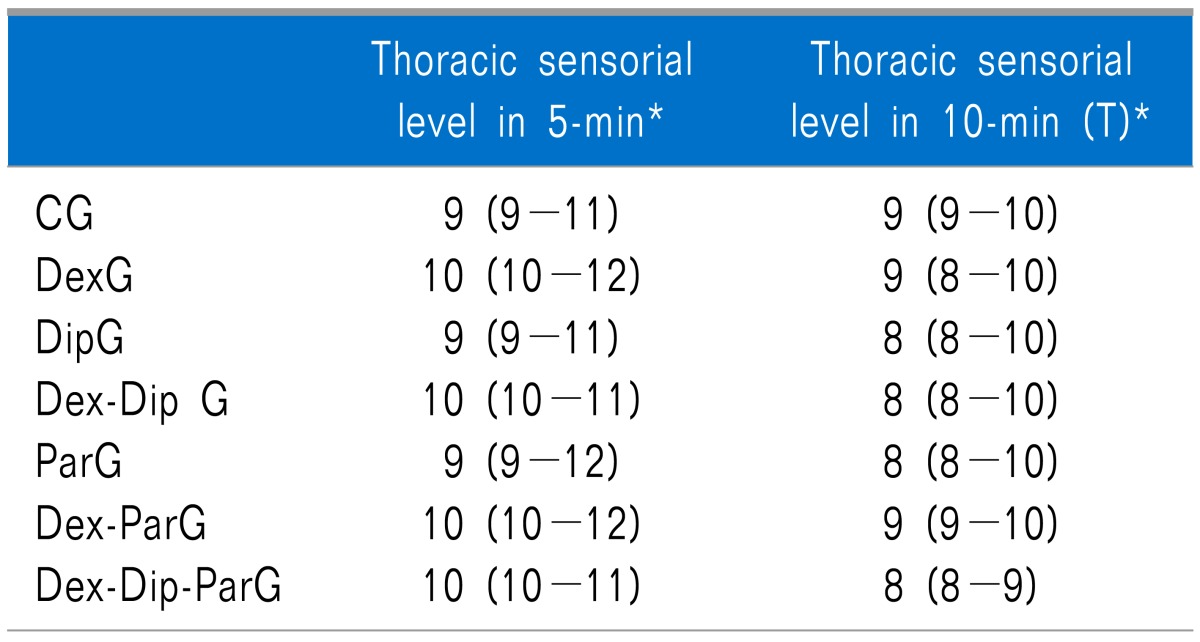





 PDF
PDF Citation
Citation Print
Print



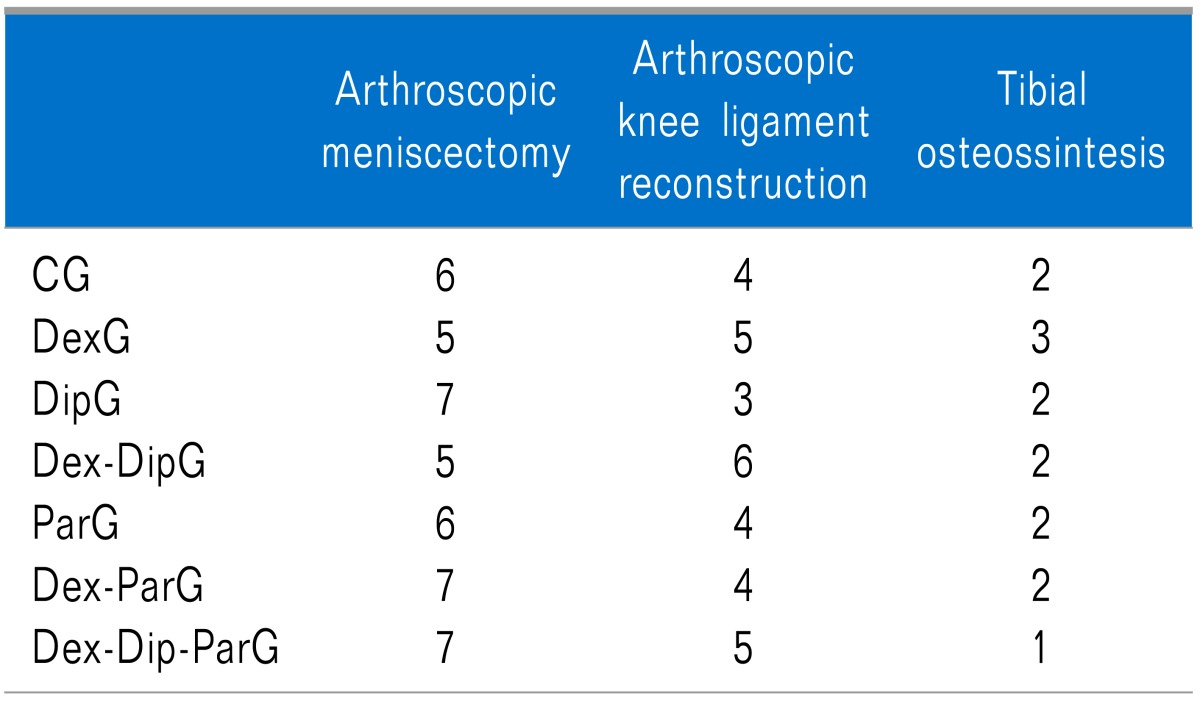
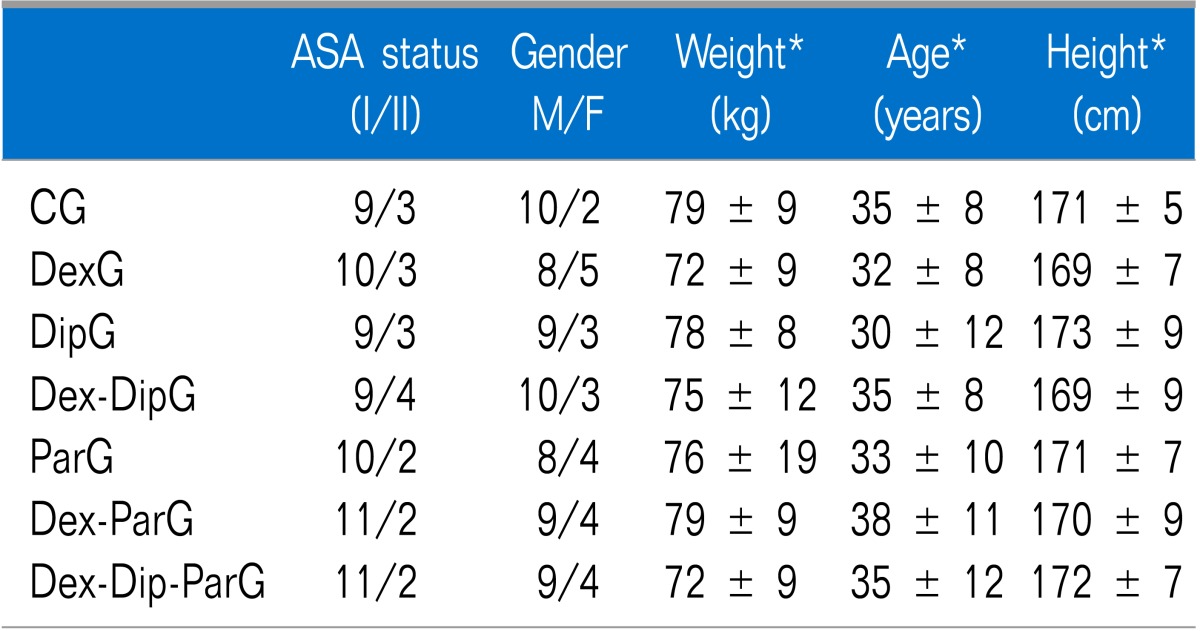
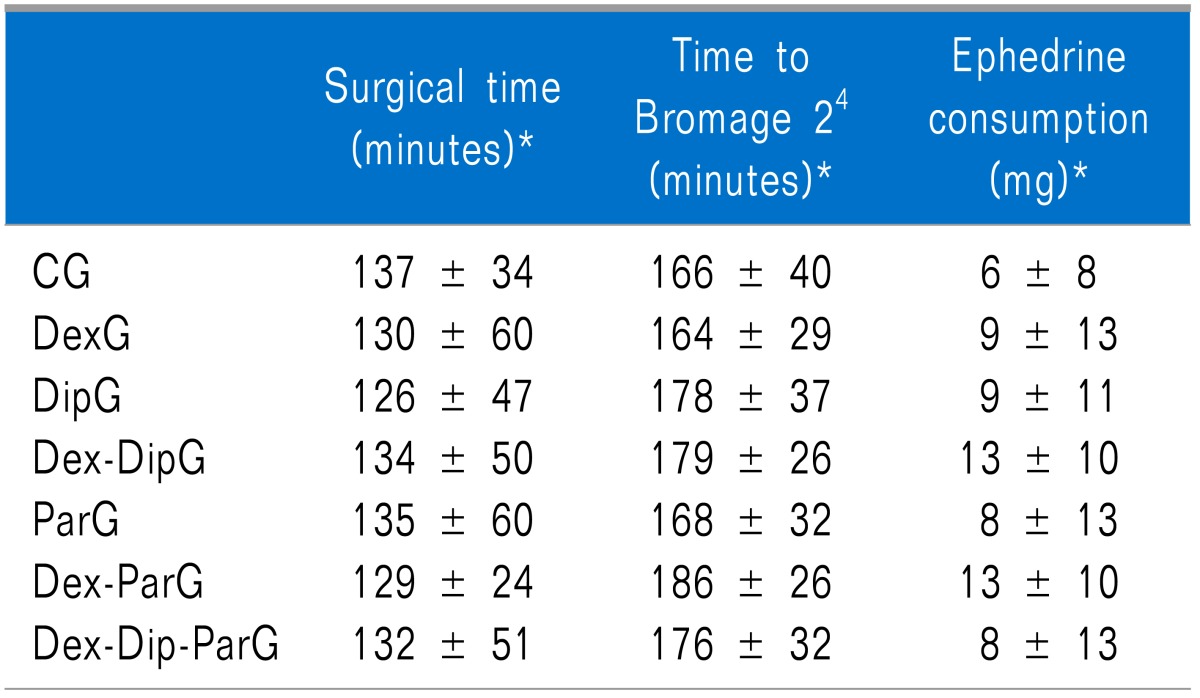
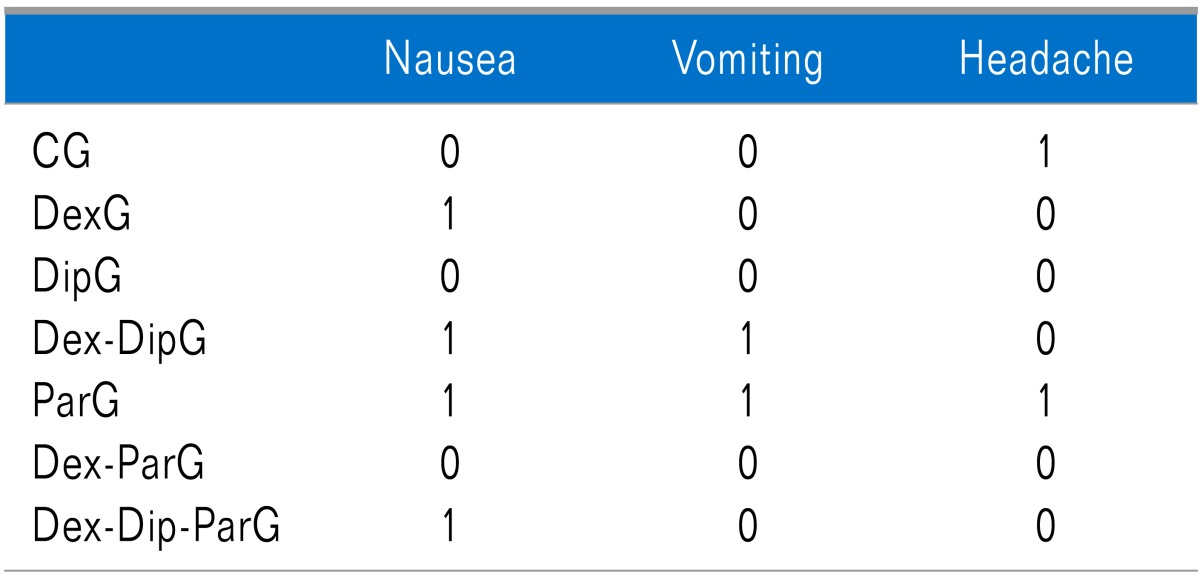
 XML Download
XML Download